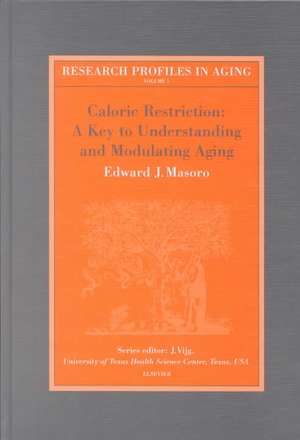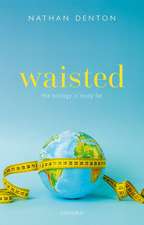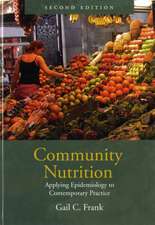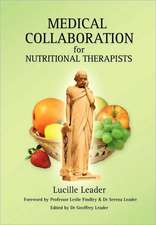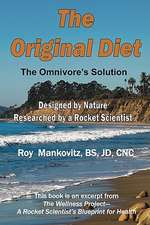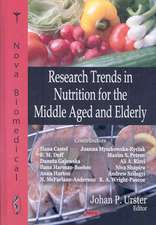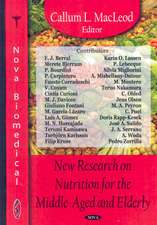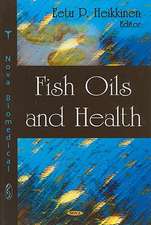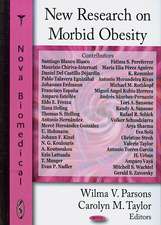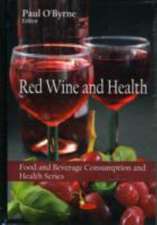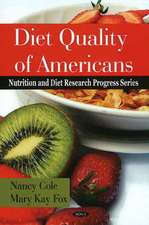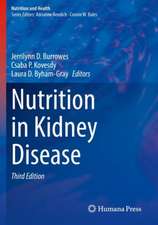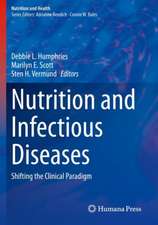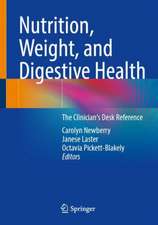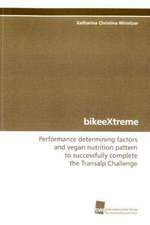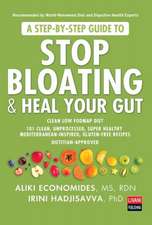Caloric Restriction: A Key to Understanding and Modulating Aging: Research Profiles in Aging, cartea 1
Autor E.J. Masoroen Limba Engleză Hardback – 19 dec 2002
Preț: 985.26 lei
Preț vechi: 1037.12 lei
-5% Nou
Puncte Express: 1478
Preț estimativ în valută:
188.53€ • 197.34$ • 156.92£
188.53€ • 197.34$ • 156.92£
Carte tipărită la comandă
Livrare economică 31 martie-14 aprilie
Preluare comenzi: 021 569.72.76
Specificații
ISBN-13: 9780444511621
ISBN-10: 0444511628
Pagini: 192
Dimensiuni: 156 x 234 x 14 mm
Greutate: 0.49 kg
Ediția:New.
Editura: ELSEVIER SCIENCE
Seria Research Profiles in Aging
ISBN-10: 0444511628
Pagini: 192
Dimensiuni: 156 x 234 x 14 mm
Greutate: 0.49 kg
Ediția:New.
Editura: ELSEVIER SCIENCE
Seria Research Profiles in Aging
Cuprins
1. Overview. Historical Background of the CR Paradigm. Animal Taxa Studied. Study Designs. Anti-Aging Action.Dietary Factor. 2. Mortality Characteristics. Survival Curves and Related Data. Gompertzian Analyses. Age of Initiation and Duration of CR. Temporal Pattern of Food Intake. 3. Molecular and Cellular Biology. Stability of the Nuclear Genome. Gene Expression. Mitochondrial Function.Membrane Structure and Function. Protein Structure, Function, and Turnover. Cell Proliferation. Apoptosis. Cellular Signal Transduction. 4. Organismic Physiology.Body Composition. Nervous System. Locomotion and Skeletal Muscle. Cardiovascular System. Endocrines and Metabolism. Reproduction. Body Temperature Regulation. Immune Function. Wound Healing. 5. Age-Associated Diseases. Cancer. Kidney Disease. Cardiovascular Disease. Diabetes. Neurodegenerative Disease. Immune Disease.Cataracts and Glaucoma.Osteoarthritis. 6. Mechanisms of Anti-Aging Action of Caloric Restriction. Oxidative Damage Attenuation. Alteration of the Glucose-Insulin System. Alteration of the Growth Hormone-IGF-1 Axis. Hormesis. 7. Evolution of Anti-Aging Action of Caloric Restriction. Evolutionary Biology of Aging. The Female Reproductive Life Span Hypothesis. The Energy Apportionment Hypothesis. The Hibernation-Like Hypothesis. Computer Modeling. Testing Hypotheses. 8. Caloric Restriction Mimetics. Chemical Agents. Alteration of Physical Activity. Genetically Engineered Mice.
